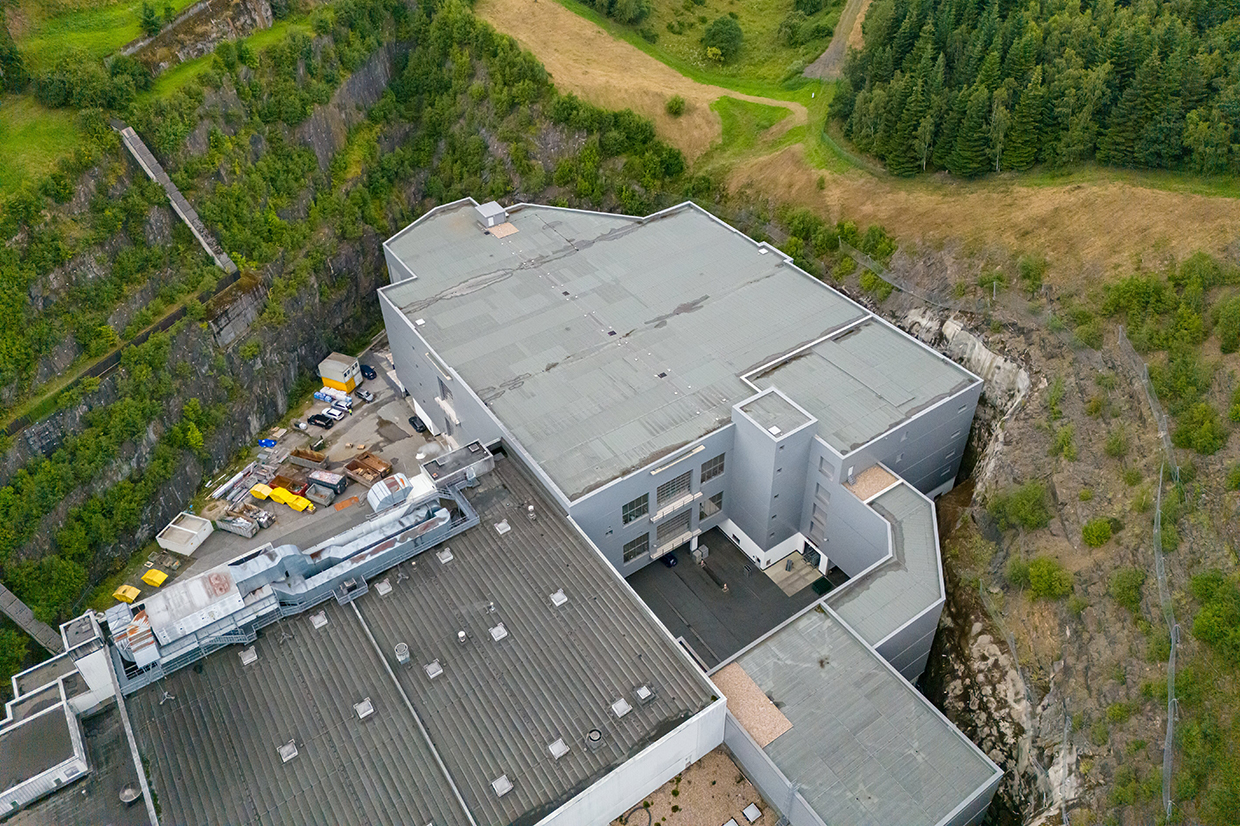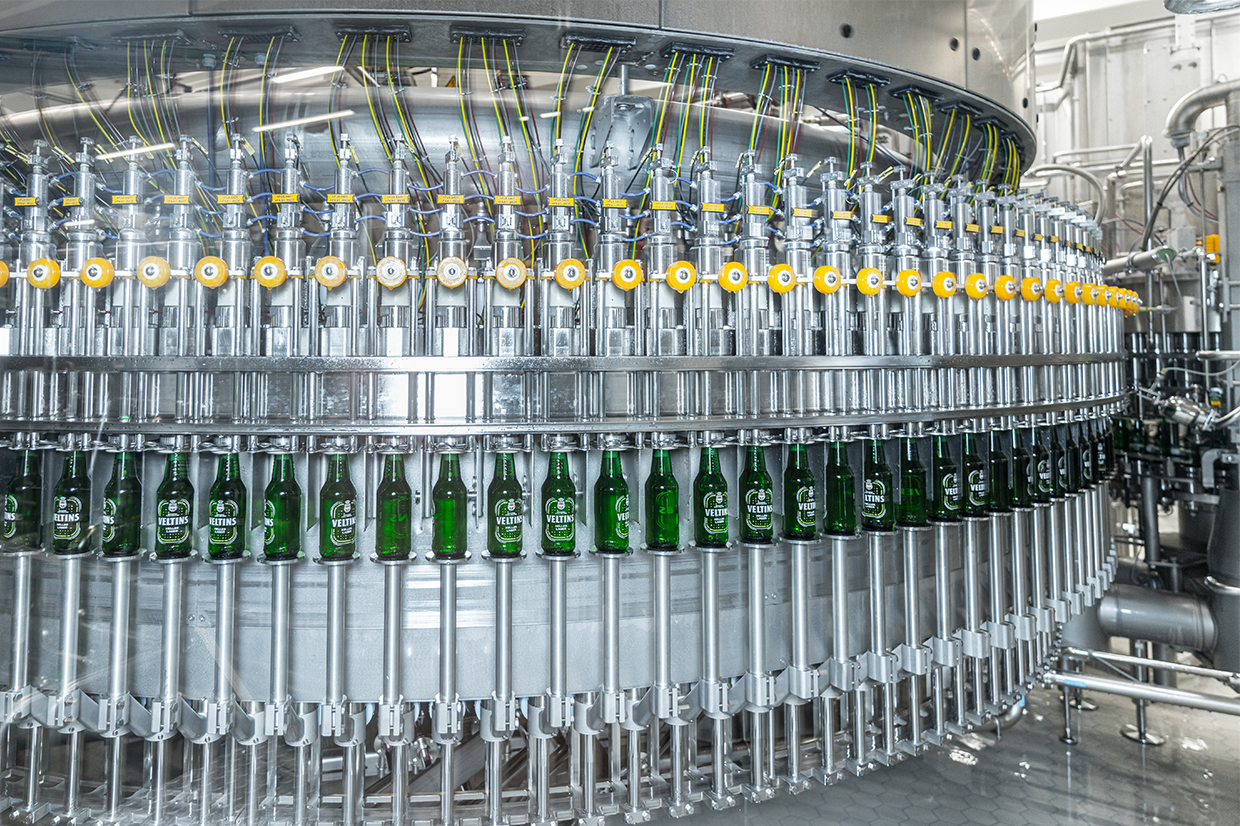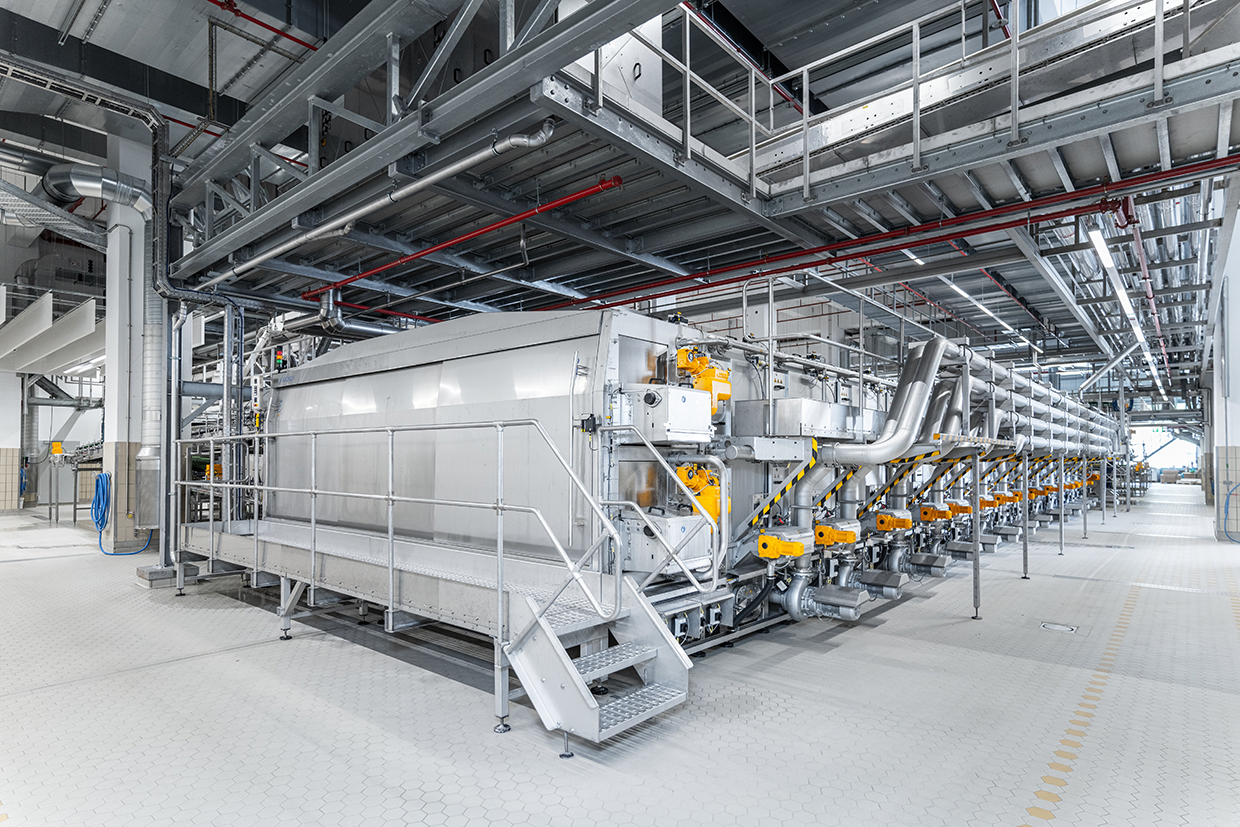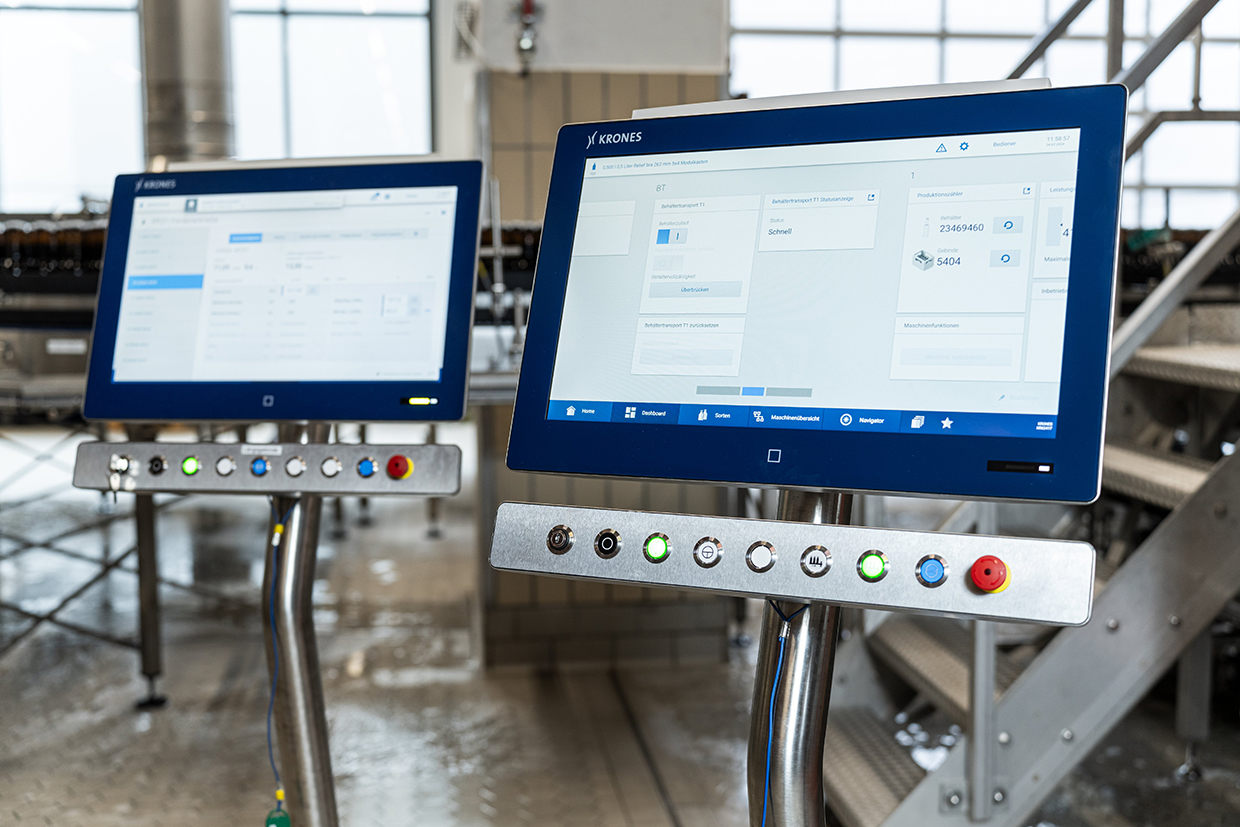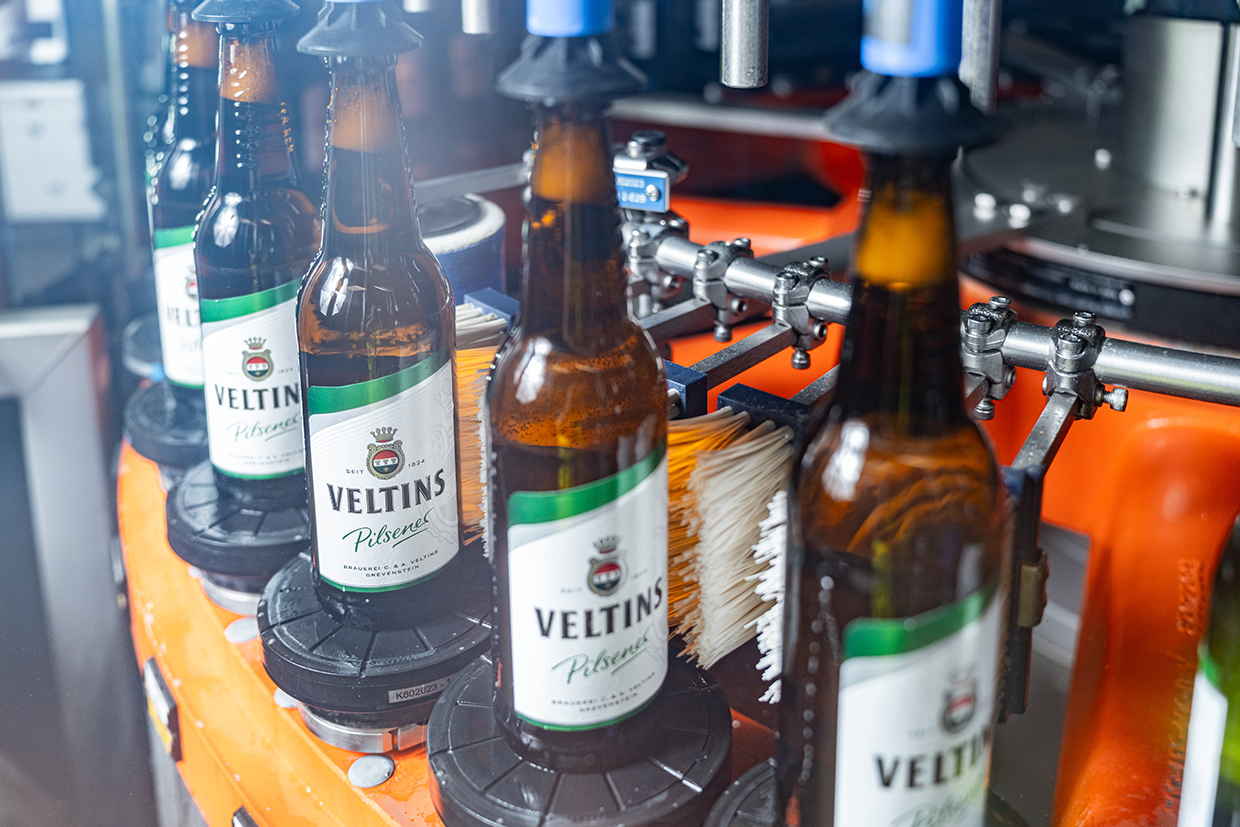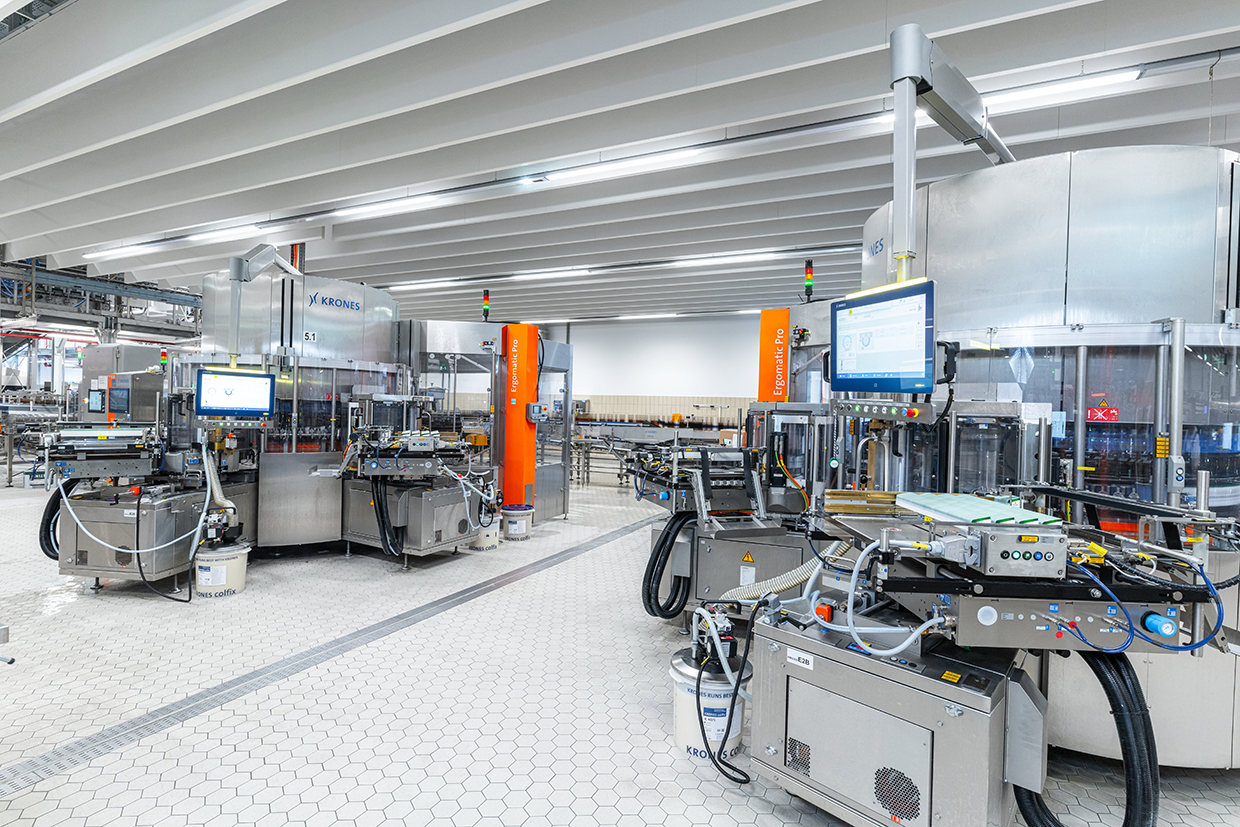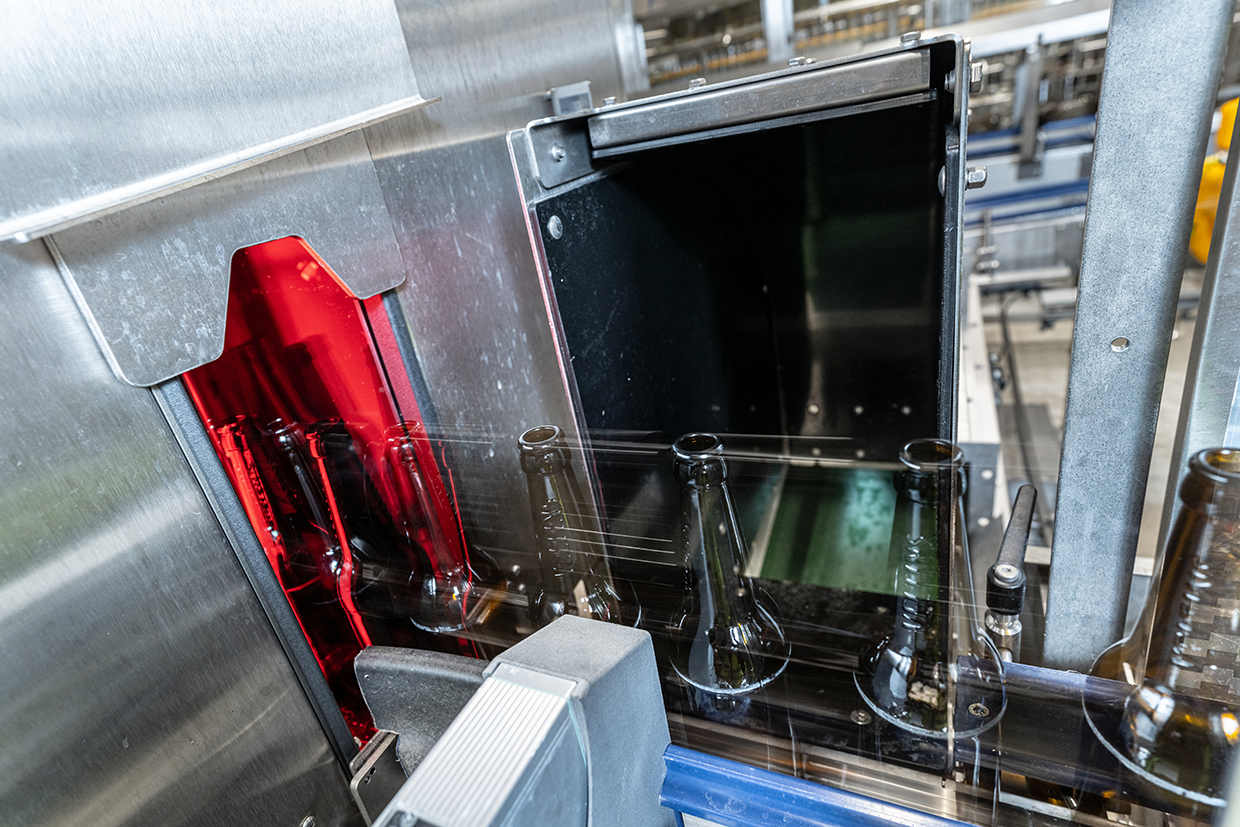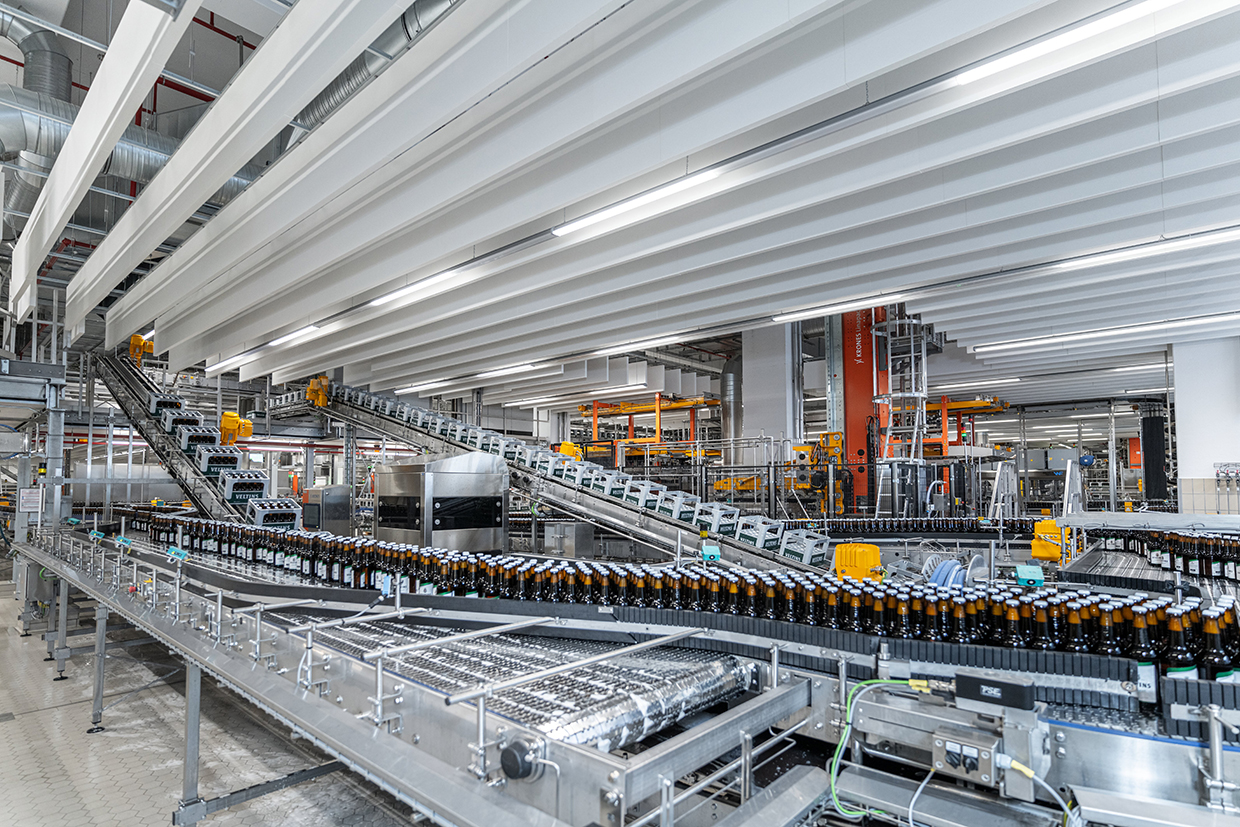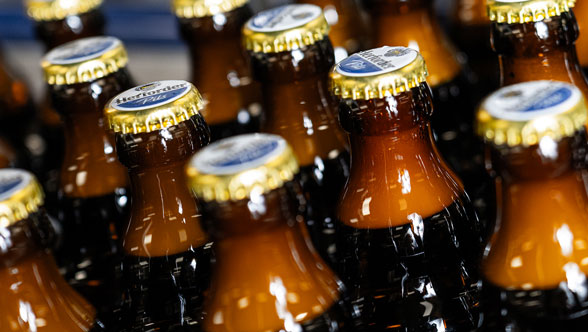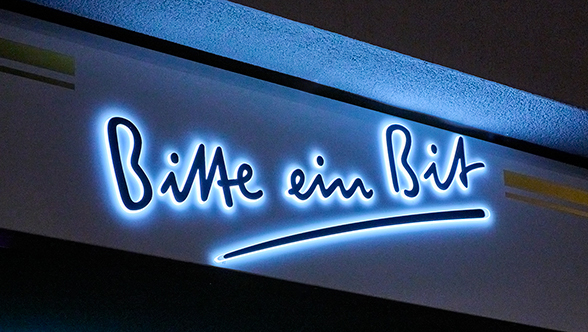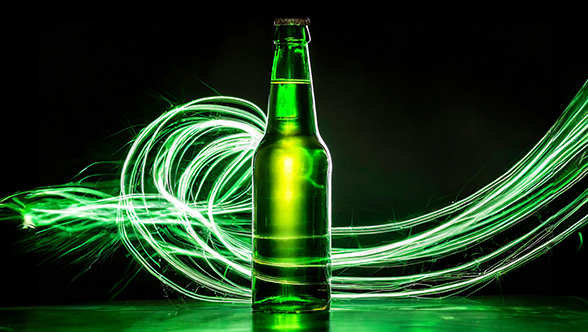From a single brand to a diverse portfolio
The country brewery that was established in Grevenstein 200 years ago has been under the ownership of the Veltins family since 1852. Over time, it has undergone numerous important developments, each of which influenced the brewery’s story in its own way.
Back in 1927, then-director Carl Veltins decided to focus exclusively on production of pilsener. And although the company has since abandoned this single-brand strategy, its mark can still be seen in the brewery’s current production and sales figures. Pilsner beer is still the clear leader within the portfolio, accounting for two-thirds of sales. In the ensuing decades, the erstwhile “pub brewery” grew into one of Germany’s leading large-scale breweries.
It wasn’t until German reunification in the 1990s that the company decided to abandon the single-brand strategy and move toward greater product diversity. They started with light beer, later adding non-alcoholic brews, and finally bringing flavored beers and a range of “Fassbrause” (barrel-stored) sodas into the portfolio at the turn of the millennium. Veltins answered consumer demand for specialty products with the Grevensteiner brand, a nod to the country-style beer that Carl and Anton Veltins had brewed back at the end of the 19th century. Helles Pülleken and – most recently – Veltins Helles Lager complete the portfolio today.

